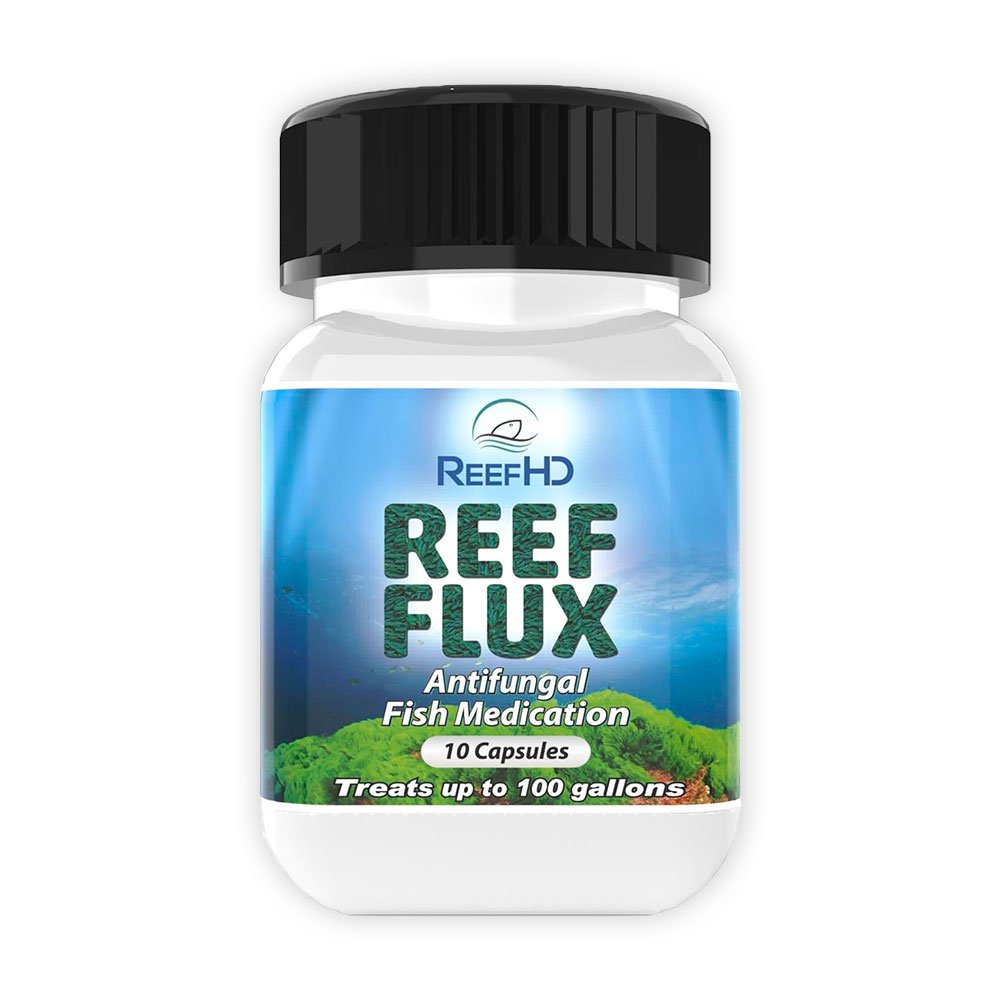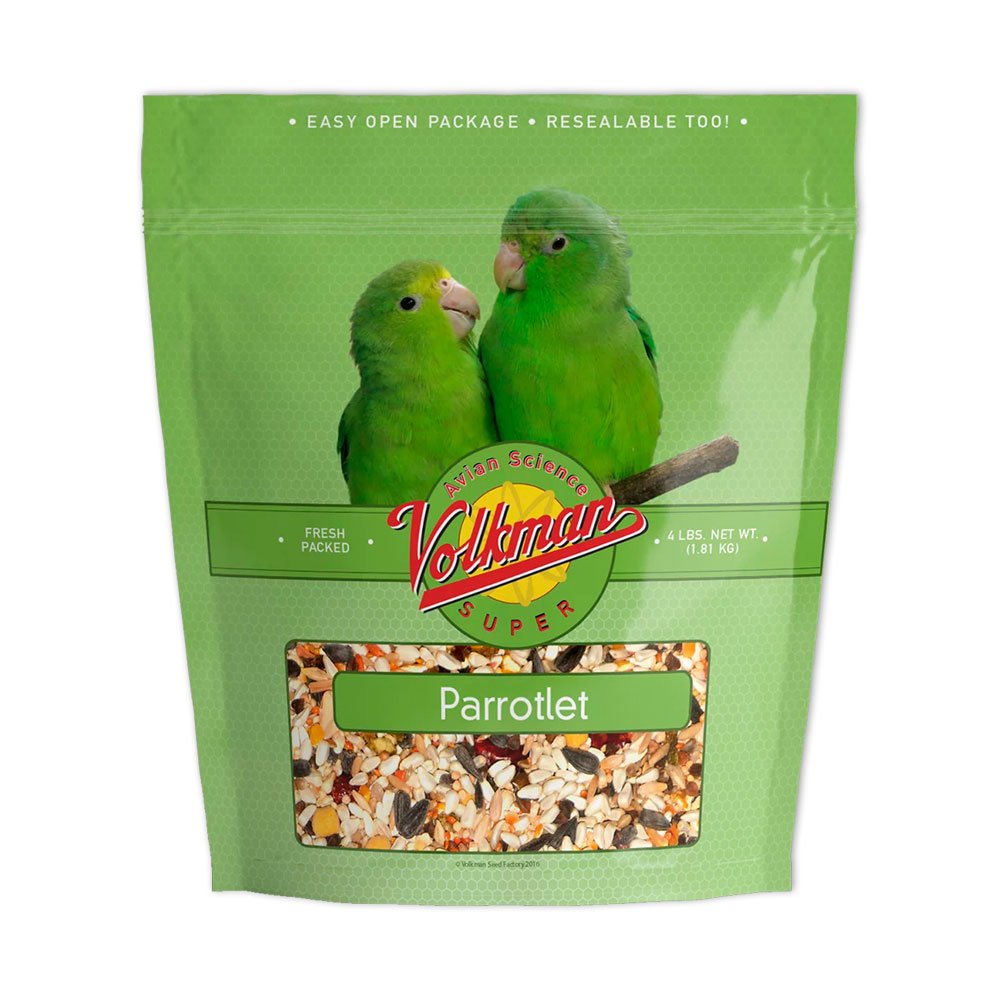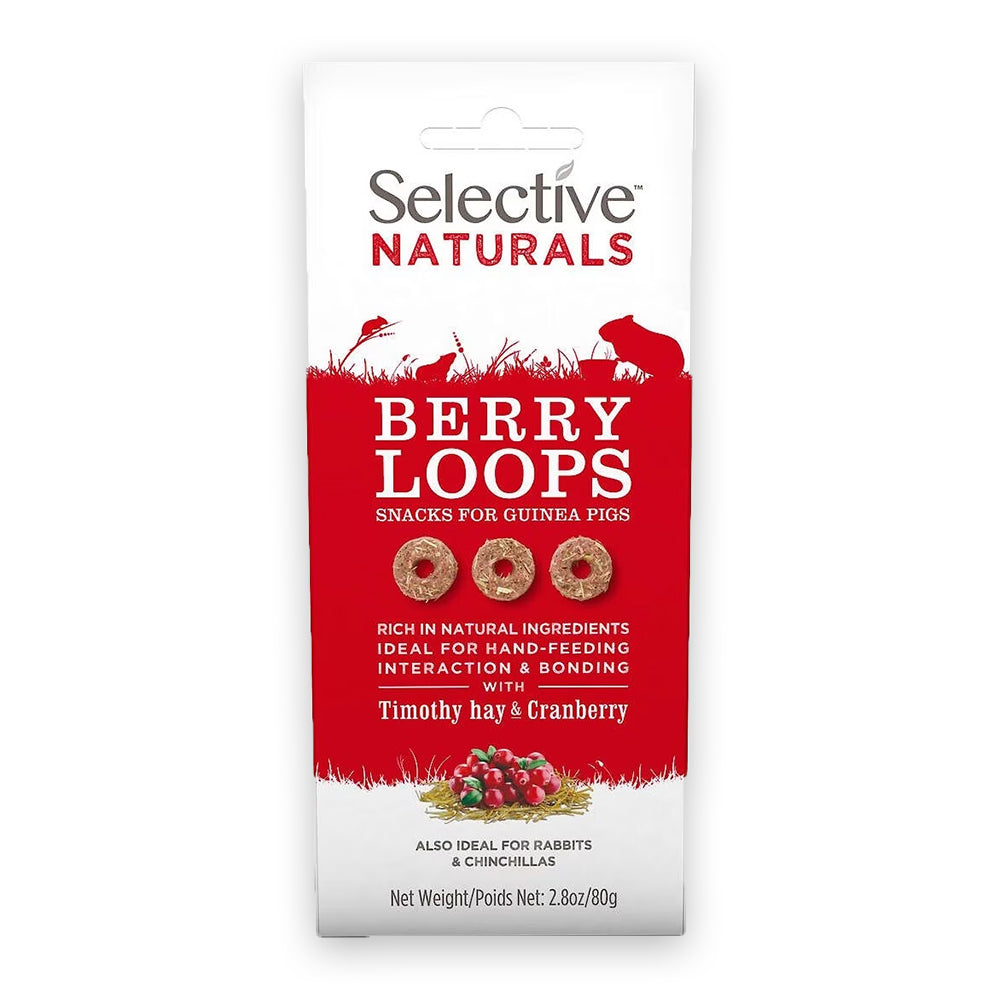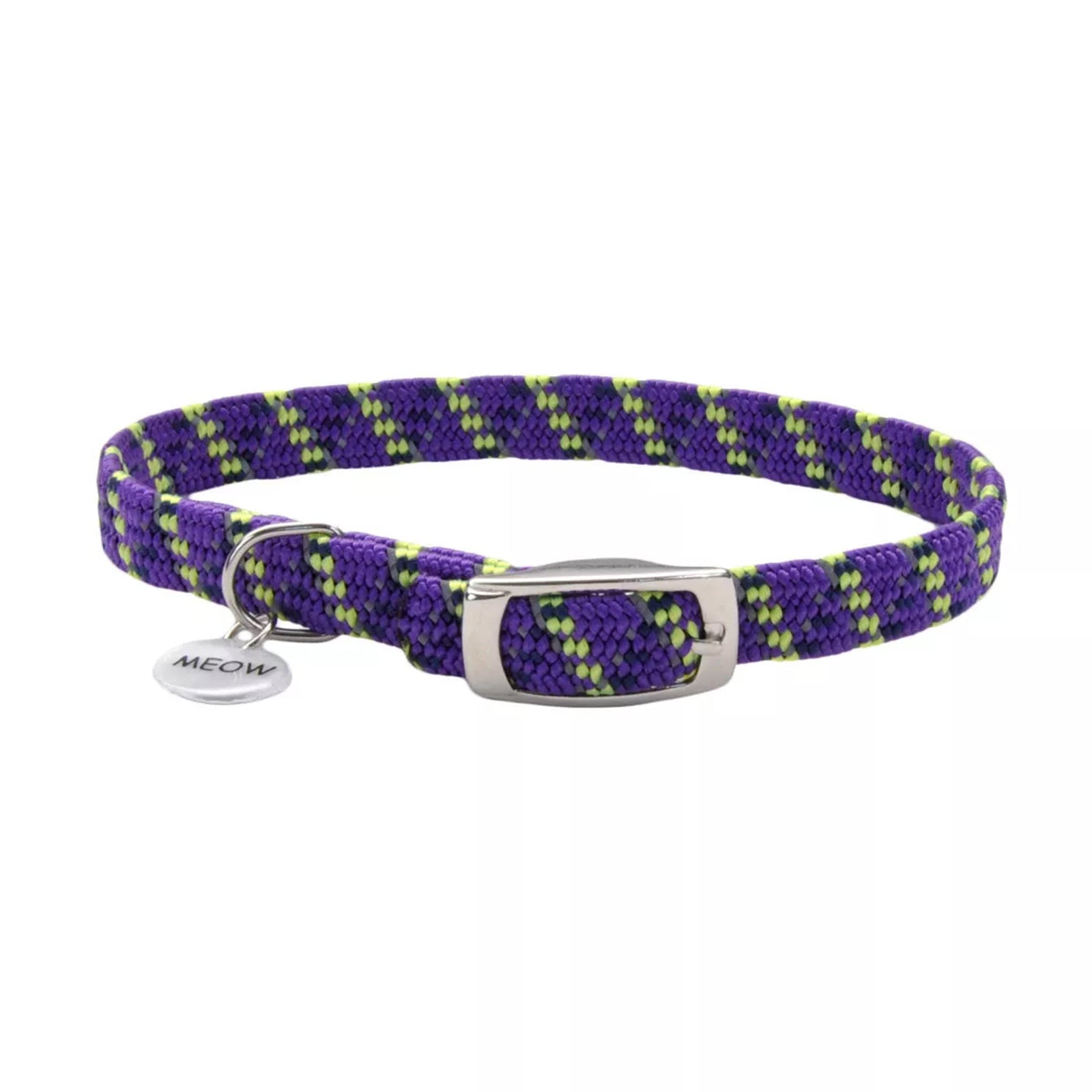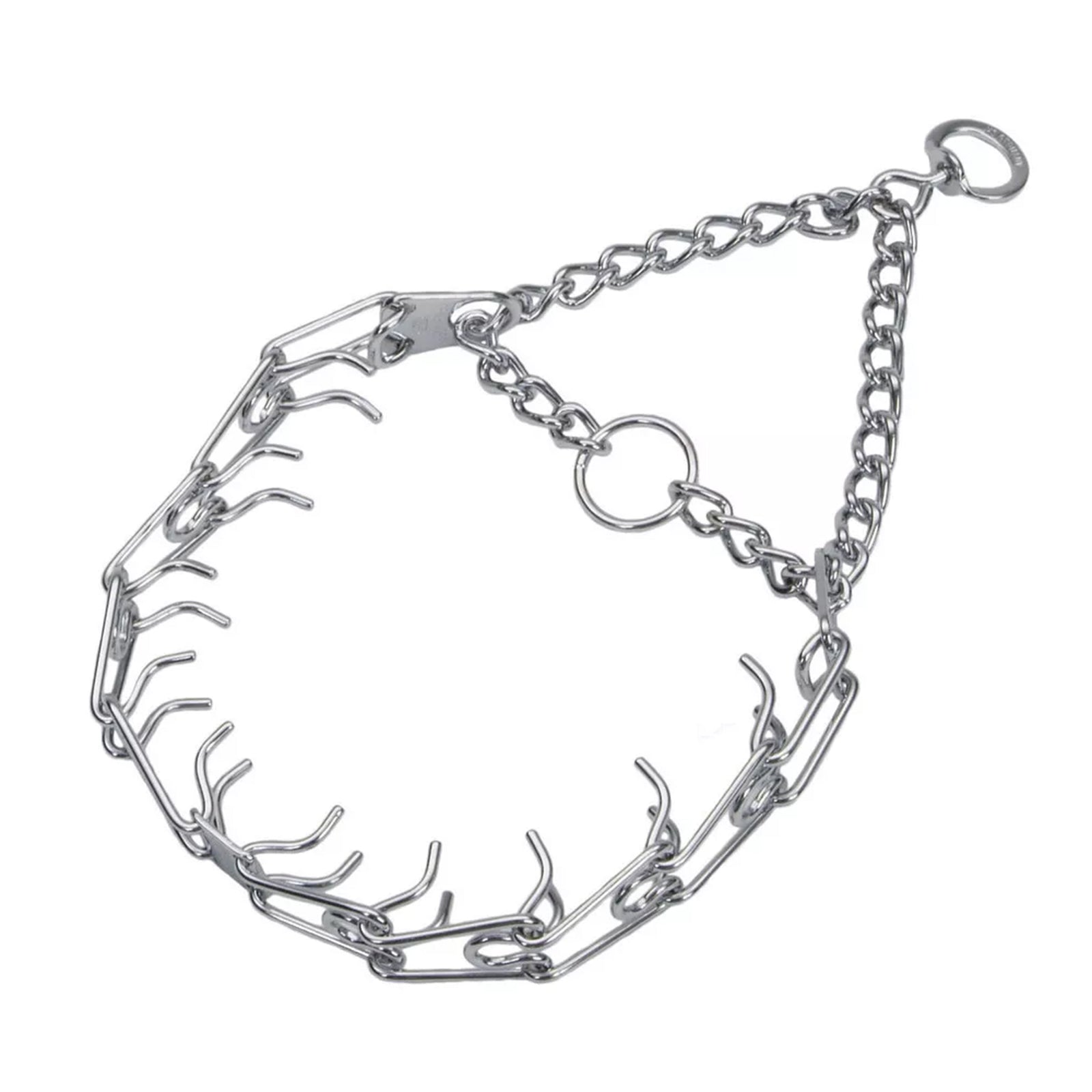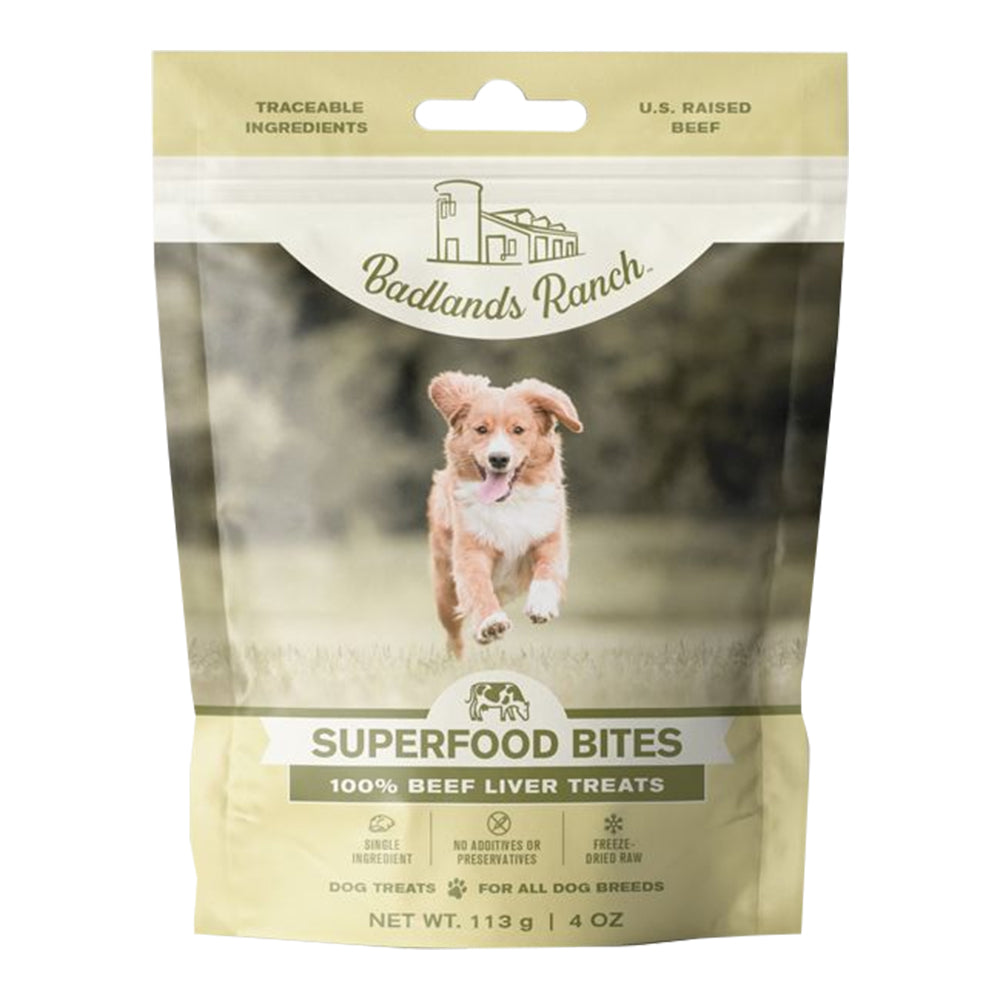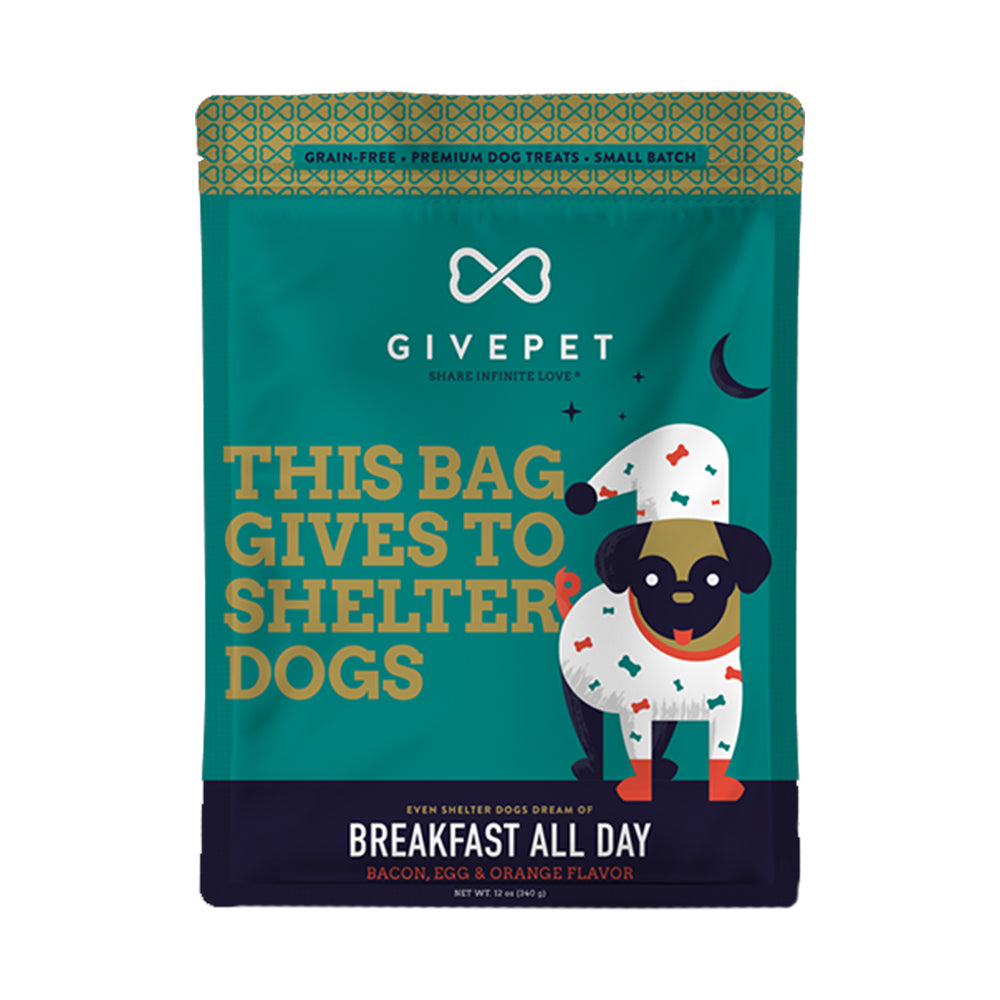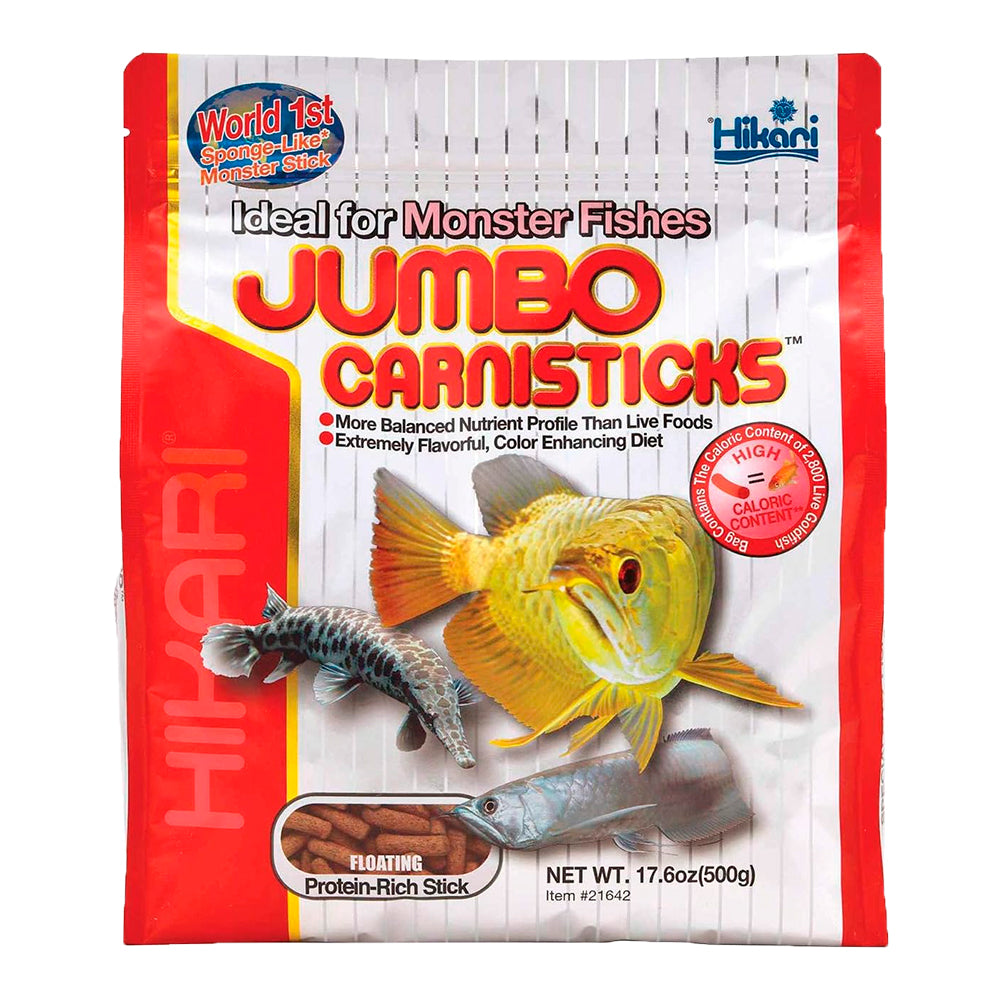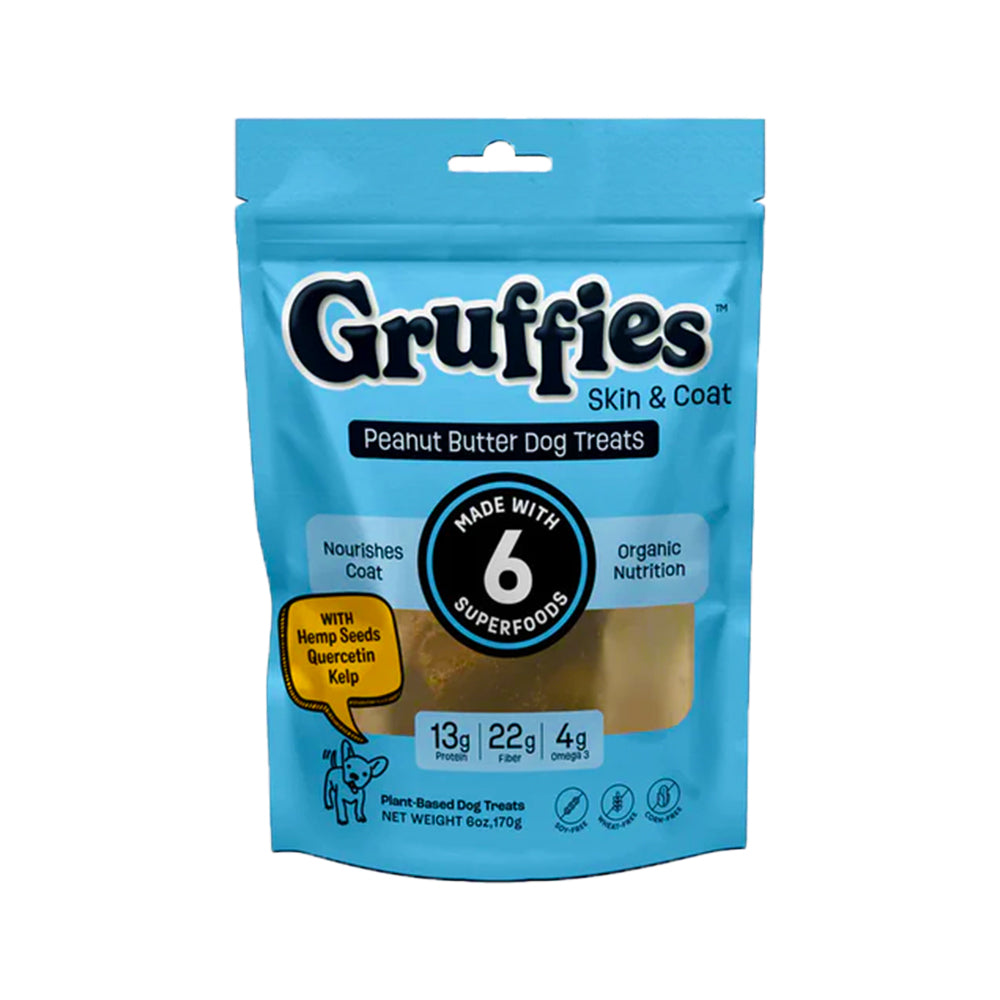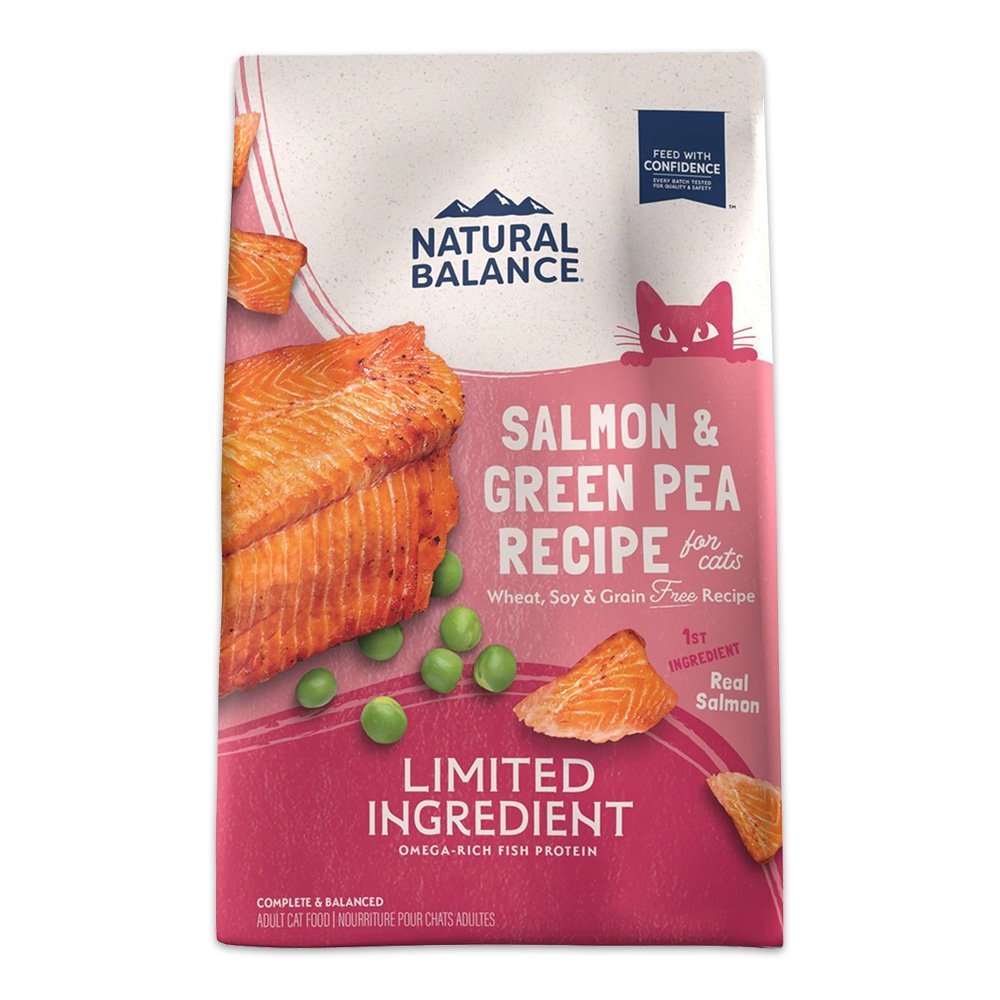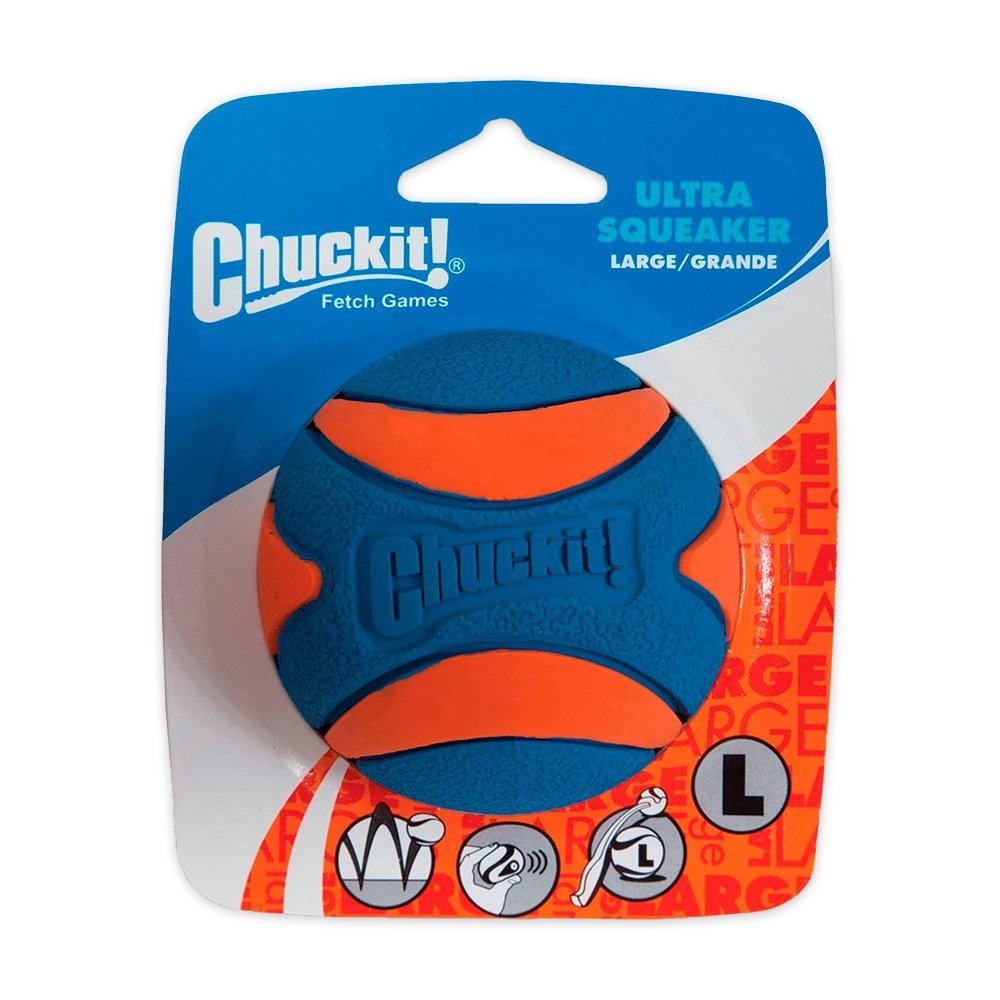Cleaning and disinfecting your reptile's or amphibian's enclosure is essential to maintain their health and well-being. F10SC Veterinary Disinfectant is a safe and effective solution for cleaning and disinfecting your reptile's or amphibian's enclosure.
When it comes to cleaning and f10 disinfectant reptiles and amphibians, one of the most commonly requested topics is which products or solutions are available and how to use them properly. There are a variety of products that can be used, but it's essential to make sure you're using the right one for your specific needs. Furthermore, it's essential to properly use f10 reptile disinfectant and f10 disinfectant spray in order to ensure the health and safety of both you and the animal.
There are some general things you should know about cleaning and disinfecting your reptile or amphibian enclosure. Many people don't think about the difference between cleaning and disinfecting, but it's essential to know the distinction and to do both in order to keep your pet happy and healthy. Here are some tips:
-Do: clean the enclosure regularly with soap and water
-Do: disinfect the enclosure with a reptile-safe cleaner
-Don't: use bleach or other harsh chemicals on the enclosure
-Don't: forget to clean and disinfect any accessories or pieces that go into the enclosure
By following these simple tips, you can help ensure that your reptile or amphibian has a clean and healthy environment to live in.
This guide is meant to be a helpful resource for novice to experienced reptile and amphibian pet owners, hobbyists, or keepers when it comes to cleaning and disinfecting agents and procedures. These methods largely depend on the species of animals being maintained, as well as the enclosure and its material, the desired purpose or type of infection to be prevented, the substrate being used, and/or even individual preference. Having this article as a reference will make things more convenient and less time-consuming when trying to figure out the best way to clean and disinfect your reptile or amphibian friend.
Cleaning Vs. Disinfecting
Cleaning:
The more debris that is removed during the cleaning stage, the better your disinfectant will be able to do its job. Most disinfectants cannot work their way under chunks of debris or smears of blood, so if any bits remain stuck, use a little elbow grease--or a putty knife dedicated to cage cleaning--to work it off.
When cleaning, hot water and soap are usually the best combination, as the heat helps to loosen any debris that may be stuck to surfaces. The surfactants in the soap work to break down the debris so that it can be easily rinsed away. If you are cleaning an enclosure that cannot be taken to a tub, sink, or outdoor hose for rinsing, you can use sponges, rags, or paper towels. In any case, it is essential to thoroughly rinse away or wipe off all soap residue, as some ingredients may interfere with the work of the disinfectant.
A simple cleaning may involve the removal of animal waste and the substrate surrounding it. If the substrate is paper, the entire substrate should be changed. If the enclosure is lined with outdoor carpeting or artificial turf, it should be removed, and a clean piece should be placed in the enclosure. If the animal waste, food, or fluids from prey have come into contact with the floor or walls of the enclosure, then they should be disinfected after the areas have been cleaned.
Disinfecting:
Disinfecting is the process of removing harmful bacteria and viruses from surfaces. This is different from sterilization, which is the complete removal of all bacteria and viruses. Disinfecting is usually done with chemicals, while sterilization can also be done with heat or other methods.
Disinfecting your companion’s enclosure means using a chemical that disinfects, which kills harmful bacteria, viruses, and fungi. Some disinfectants kill nearly all problematic organisms, while others are only effective against certain types. Keep in mind that many disinfectants won't work if there is organic matter present - like urine, food, or skin residue. This is why it's essential to clean the area first before using a disinfectant.
To disinfect surfaces, apply the solution to the surface with a saturated cloth, sponge, or spray bottle, or let the object soak in a container of the solution. Let the solution sit for at least 10 minutes; 15-20 minutes is better. To sterilize, let the solution sit for at least one-half hour. Rinse out thoroughly, especially when using bleach or ammonia. If there is any doubt about your ability to rinse out an enclosure thoroughly or if the enclosure is made of wood, you may wish to avoid using bleach or ammonia.
Now that you know the difference between cleaners and disinfectants, let's learn about some standard and helpful options for cleaning your reptile's home.
- Vinegar
- Soap
- Chlorine
- Hydrogen peroxide
- Alcohols
- Chlorhexidine
- Iodine
- Quaternary Ammonium
Conclusion
Cleaning and disinfecting solutions for reptile tanks can be tricky to choose. We hope this article has helped you make an informed decision that will keep your reptile safe and healthy!
Read More:- Why F10 Disinfectant Should Be Used by All Reptile Keepers
